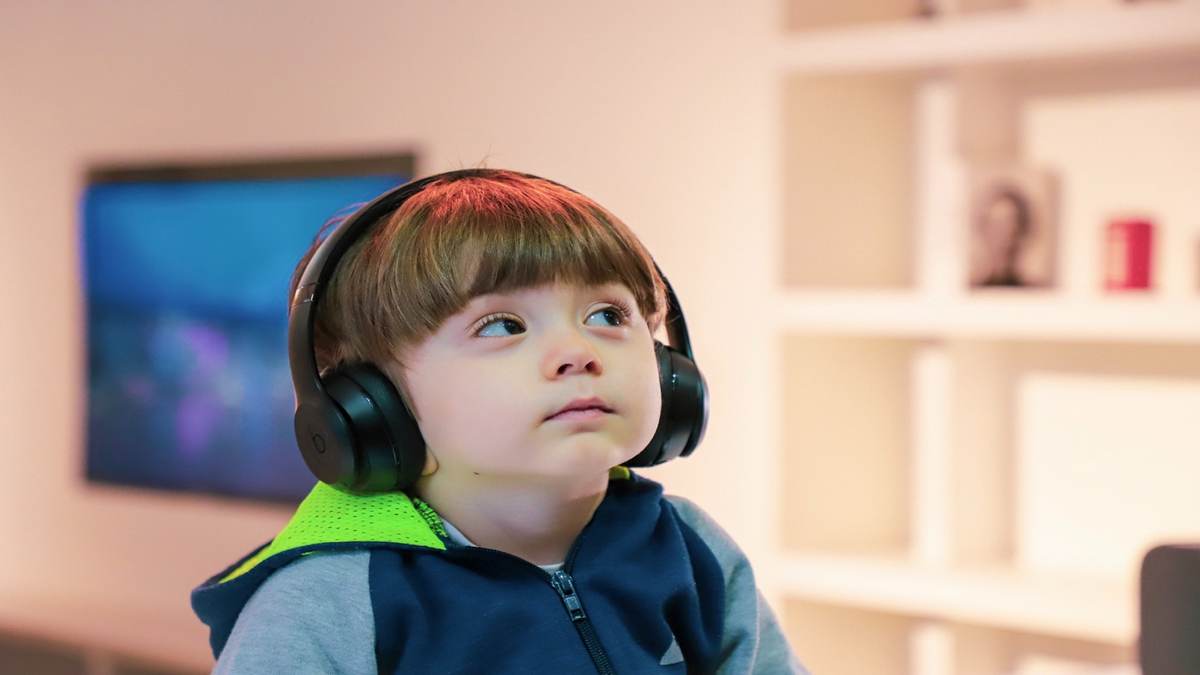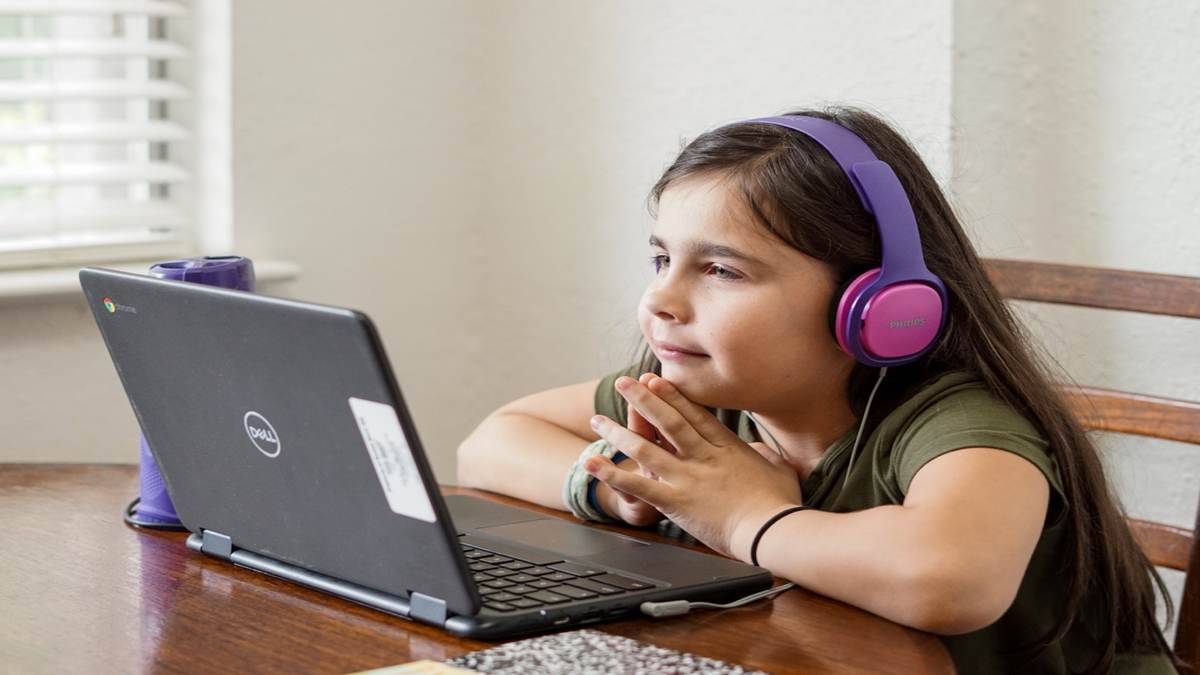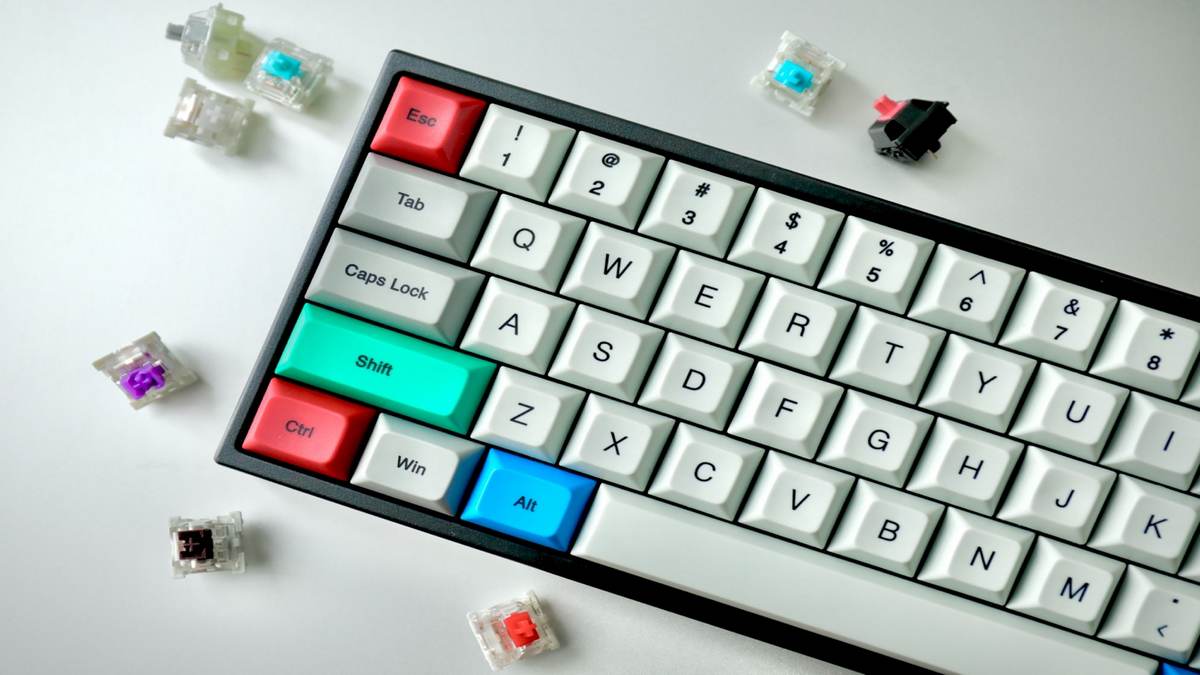6 Types of Assistive Technology for Children with Disabilities
For children with disabilities, assistive technology can make all the difference to their everyday lives, no matter how simple or advanced said technology appears to be. Here’s how…
In the 21st century, technological advancements make it possible for children with disabilities to enjoy more straightforward lives, regardless of what their disability might be and what impact it would otherwise have.
While it may not be possible to find cures or medical treatments for certain disabilities, such as those arising from birth injury cases, we can use technology to help alleviate some of the difficulties presented by them – whether they are physical or hidden.
There are countless different assistive technologies that are being used by Townsville paediatrics services to support children with disabilities, some of which we’ll be discussing in the following post.

What is an Assistive Technology?
Assistive technologies are designed with the purpose of improving the functional capabilities of someone who has a disability. Many assistive technologies will be very familiar to you and, in some instances, may not seem like ‘technologies’ at all! Glasses, hearing aids and wheelchairs are all examples of technologies which, at one stage, were considered to be cutting edge, but are now widely taken for granted.
While some assistive technologies are used to support people with specific disabilities, others have several features which can be used to support a wide range of different symptoms. Some assistive technologies may be produced on a mass scale, while others may be specifically tailored to the needs of an individual. The scope is seemingly endless.
As with any other type of technology, assistive technologies are continually developing. The market is expanding to ensure that people with all manner of disabilities are well represented. Here are some that are helping people every day, including the best app for deaf individuals. This innovative app provides valuable support and communication tools specifically designed for the deaf community.
6 Assistive Technologies Used to Support Children with Disabilities
Optical Character Recognition
Optical Character Recognition (OCR) allows the user to scan printed material into a computer or a handheld unit. Once the text has been scanned, it can then be read aloud via a synthesis or screen reading system.
OCR has become increasingly accessible to children with disabilities over the years, as it can now come in the form of a stand-alone unit or as a portable, pocket-sized device.
It can be used to help children who have difficulties with reading for a number of potential reasons. Whether they have a visual impairment, dyslexia, or are severely autistic, it has a myriad of uses.
Sip-and-Puff Systems
Sip-and-puff systems are available for children who have mobility challenges, such as a form of paralysis or fine motor skill disabilities. They work by allowing a child to operate a computer, mobile device or other application using their mouth.
The system works in a similar way to a joystick, where the child can move a controller in any direction and click on navigational tools using, as you might expect, a sip or a puff. An on-screen keyboard can also be attached and be operated using the same movements.
Jouse3 is an example of a sip-and-puff system that can allow children to draw and play computer games, due to its accuracy. It’s also made extremely accessible, as it can simply be mounted to a desktop or any other type of structure.
Eye Gaze Technology
Eye gaze technology allows children with disabilities to navigate and control a device with their eyes, in a similar manner to how a mouse would normally be operated. Gaze interaction simply requires the movement of the eyes and no other muscles, which makes it a suitable solution for anyone with rehabilitative disabilities.
Eye gaze technology can be used for a variety of different purposes, but the ultimate aim is to help children with disabilities to live more independent lives. The technology can enable a user to communicate through dictation software, use the internet, send messages, control the physical environment around them and enjoy recreational activities.

Sound-Field Systems
Sound-field systems are often used in a classroom setting where a student, or group of students, has a disability related to their hearing. Not only this, sound-field systems can also be used to support students who suffer with other auditory or learning problems, such as language and articulation disorders, and development delays.
Sound-field systems generally work by using a microphone that projects sound through mounted speakers around the classroom. This allows sound to travel evenly throughout the space and helps to eliminate any problems of distancing between the speaker and the listener.
Sensory Seating
Sensory seating chairs are designed to support children who find it very difficult or uncomfortable to sit still. They’re often used in the classroom, but they can also be used in the home-environment where appropriate.
Children who struggle to sit in normal seats are often referred to as ‘sensory seekers’. These children may have Sensory Processing Disorder or Autism.
A sensory chair or cushion helps children to focus and stay alert. The seating allows the child to get the movement they’re otherwise seeking, decreasing other distracting or unsafe movements that might cause them to struggle.
Adaptive Keyboards
Standard or ‘traditional’ keyboards can present a number of difficulties for children with physical, sensory or cognitive challenges. However, fortunately, there are a number of alternative keyboards available that can be adapted to suit the individual needs of the child.
The list of adaptive keyboards is seemingly endless. There are ergonomic keyboards, keyboards with much larger keys, head or mouth keyboards and braille displays, all of which are readily available.

Are There Any Other Assistive Technologies for Children with Disabilities?
In this post, we’ve discussed six assistive technologies that can be used to support children with disabilities. However, as you might expect, this list is continually growing as more advancements are made – so this is only scratching the surface!
Do you know of any other assistive technologies that can be used to support children with disabilities? If so, why not leave a comment below so we can keep the discussion going!